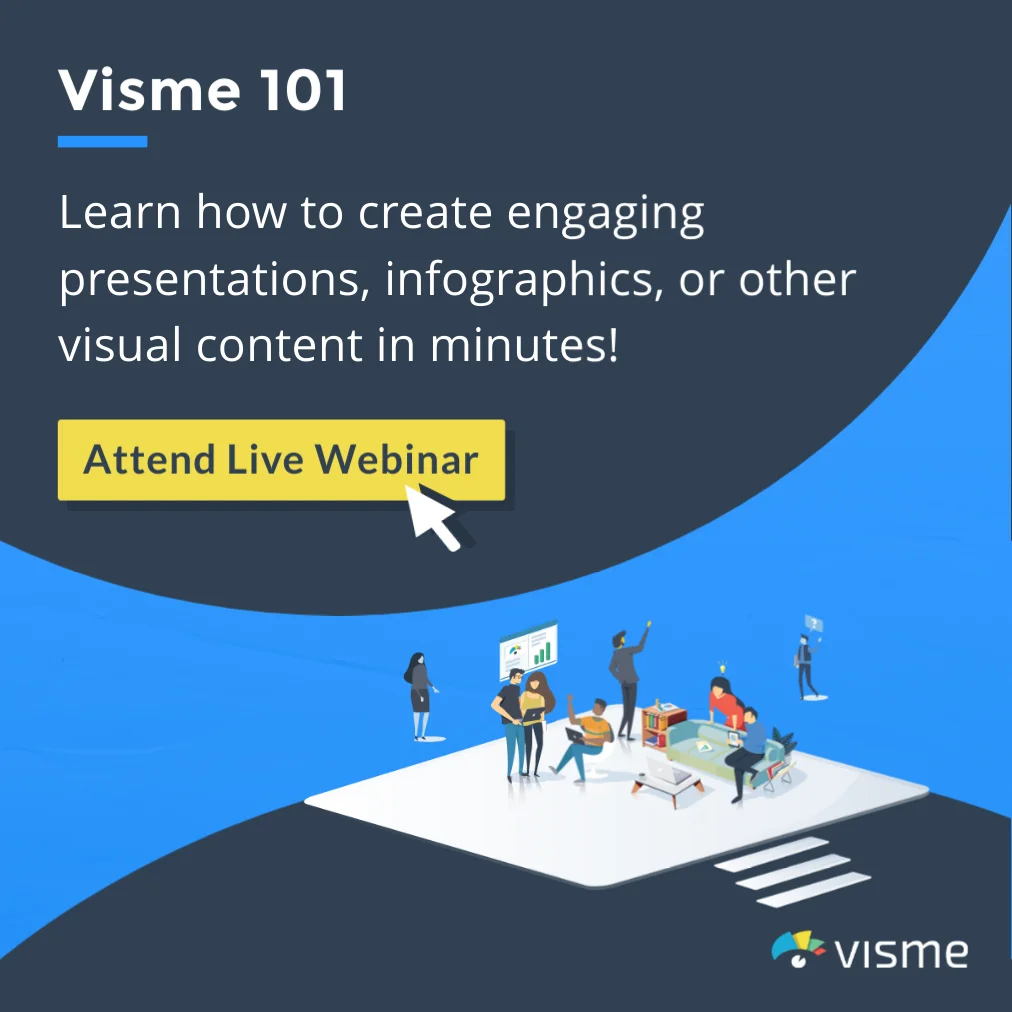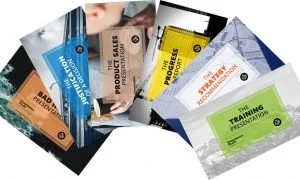10 Tips for… Creating Great Visual Aids


We’ve boiled down all of our advice about visual aids into ten golden rules – follow these and you’ll always have your audience’s attention for the right reason. You don’t have to follow all of them, just remember that anything you put up will distract your audience from you and what you’re saying. So put up much less, use the visuals for emphasis, and not for narrative. You are the message.
This article is part of the series ’10 Tips for…’.
1) Do the slides last
Create your slides only after you’ve completed your presentation plan and storyboard or you’ll have an overlong, text driven, linear presentation that will lead to dull, text driven slides.
2) Edit ruthlessly
If you’re working from an existing PowerPoint presentation, use that as your storyboard and add story structure, edit ruthlessly and remove visual, verbal and text clutter.
3) Use minimal words
Use pictures and diagrams before words, and use words as little as possible. Use a short word instead of a long word wherever you can. Use only nouns, verbs and key phrases on your slides.
4) Remember the Rule of Three
Do your best to stick to 3 words per bullet and 3 bullet-points per slide. Anything that takes the crowd away from you for more than 3 seconds is probably too complicated and needs to be broken down, or animated with ‘builds’.
5) Explain jargon
Explain jargon, TLA’s (Three Letter Acronyms) and technical terms as you use them.
6) Use muted colours
Use muted colours with no unnecessarily complex graphics or animations that can be seen in any light conditions. And always test the slides in the room before you start just to make sure that your gorgeous pastels can actually be seen by the people in the worst seats.
7) Follow a strict slide format
Follow a strict slide format: every page is laid out exactly the same, making the whole presentation look very consistent.
8) Give each slide a single message
Make sure that each slide has a single message, which is written out in the chart title and clearly supported by the words in the chart body. Better to have more slides, on screen for less time, than a small number of complicated confusion.
9) Use occasional theoretical models
Use occasional theoretical models & frameworks to structure information: time lines, force field analysis, evaluation of pros and cons, strengths and weaknesses. Again, diagrams to emphasise, not words to read. Show not tell.
10) Look for inspiration all around
Follow the example set by newspapers and TV bulletins. Notice how they tell a story with graphics and text. They are the professionals, learn from them for free every evening at 6pm!
This article is part of the series ’10 Tips for…’. Watch out for our next article where we will be looking at freshening your delivery.
If you liked this, you might also like
Even the Shortest Story Needs Structure
Visual Learning Revisited – A Simple Truth Revealed
The Wondrous World of Colour in Presentations
The 5 Dos and Don’ts of Presentation Design
Lots of other great articles on creating visual aids













